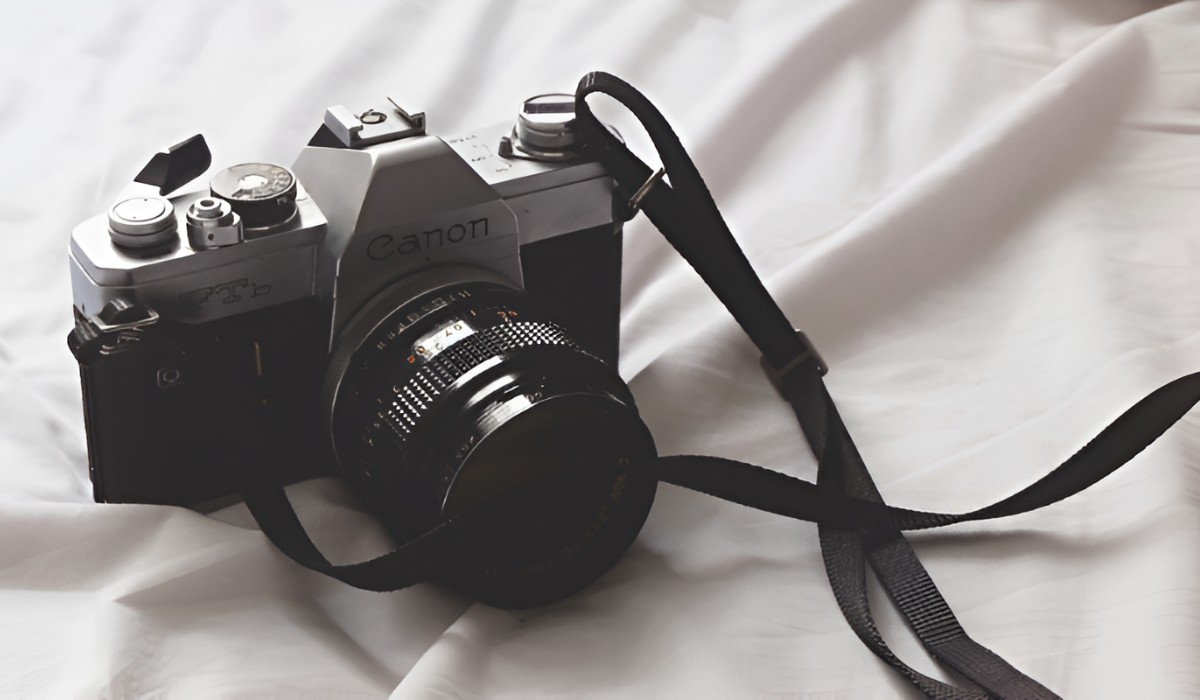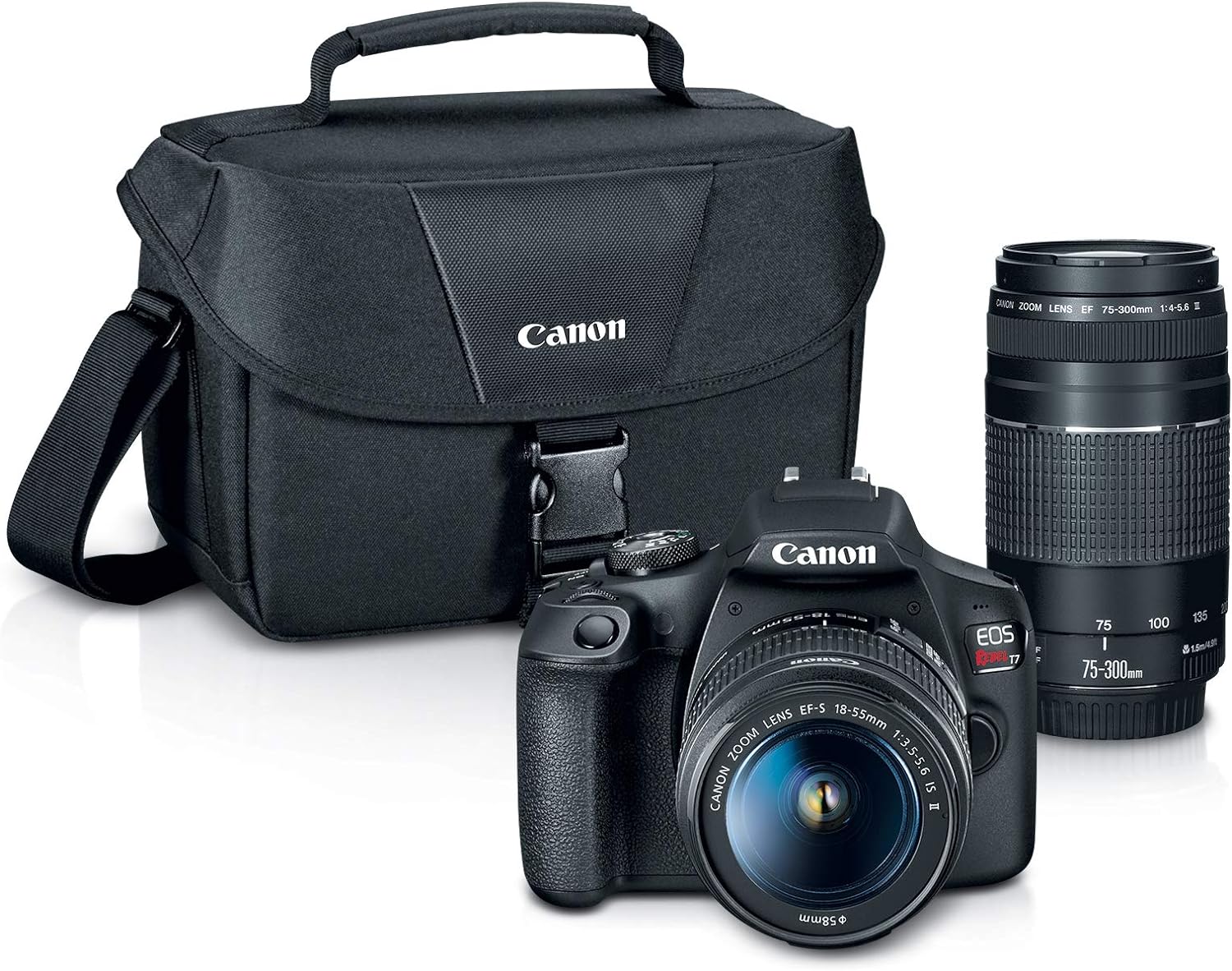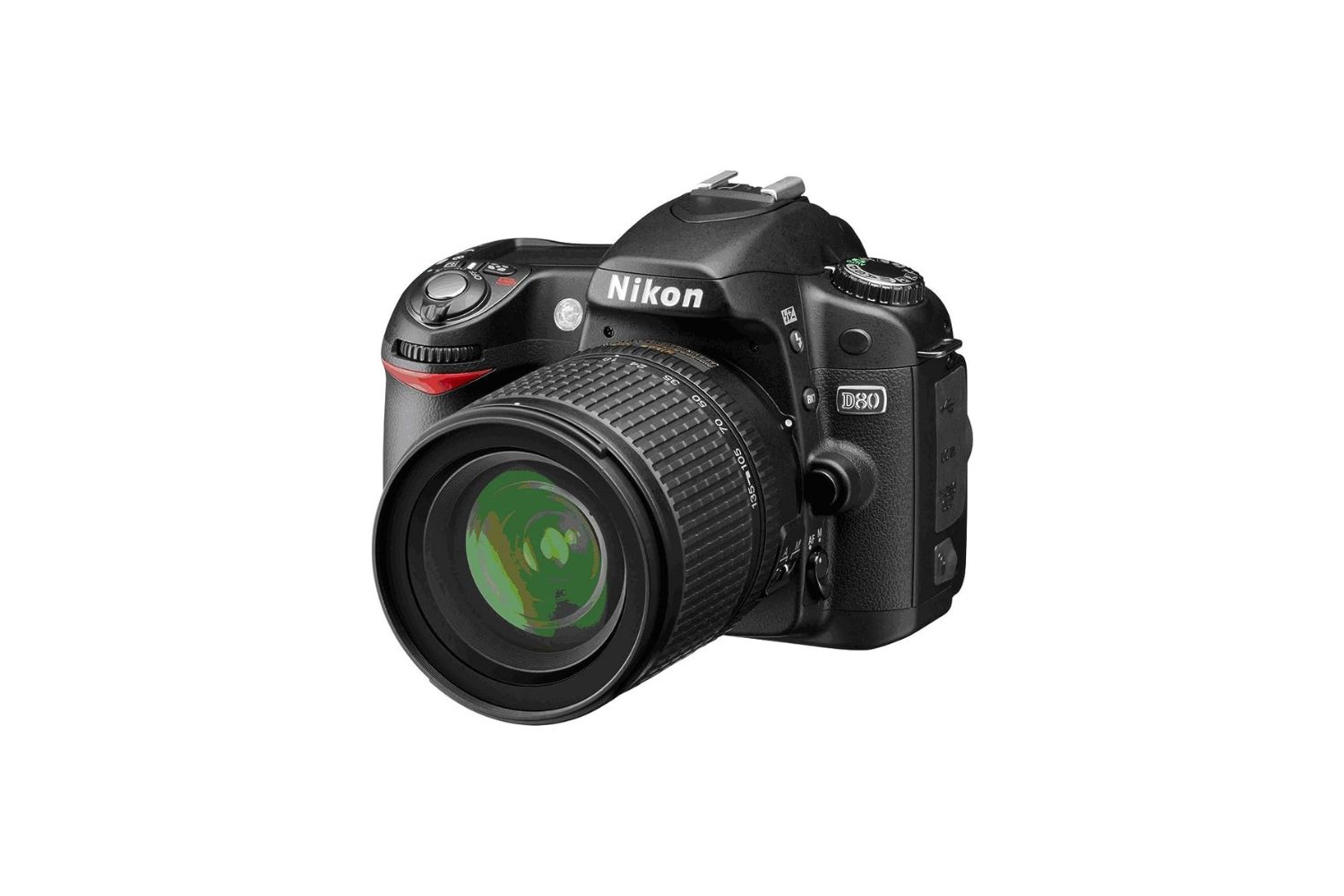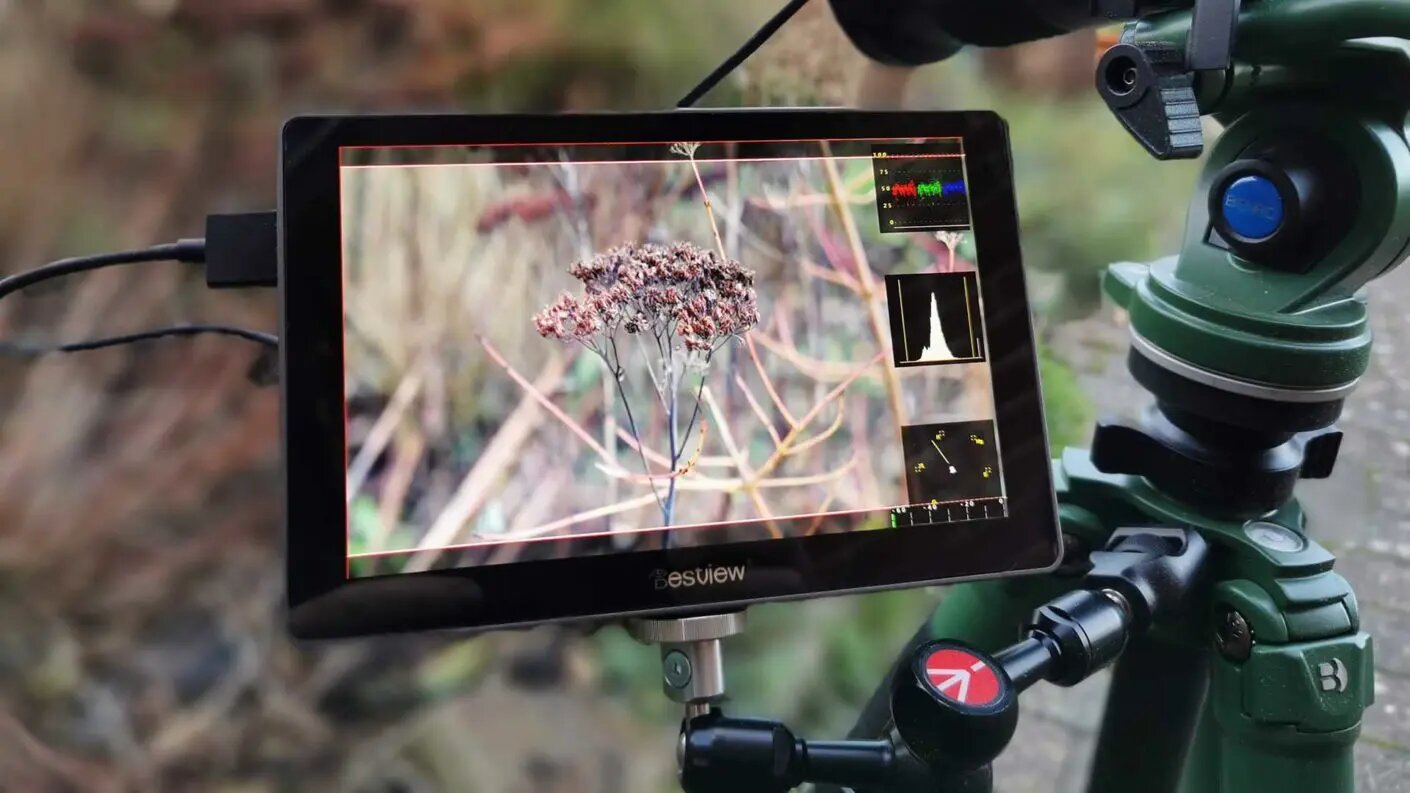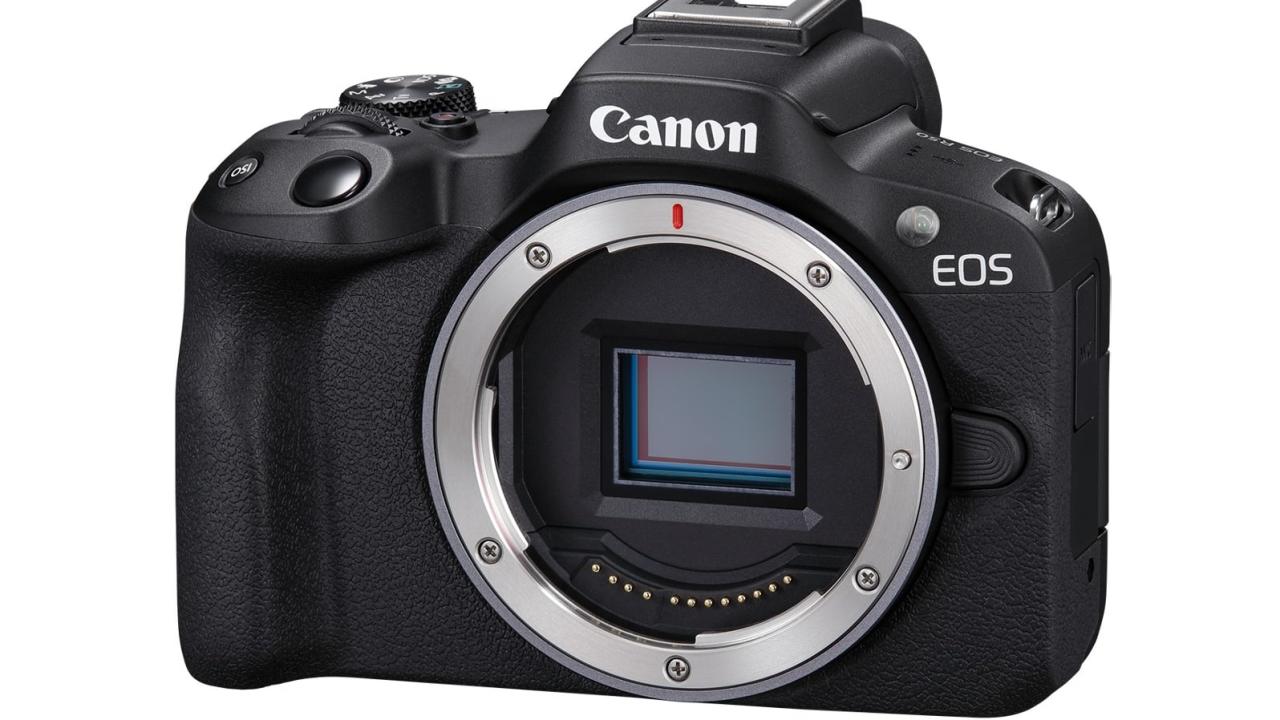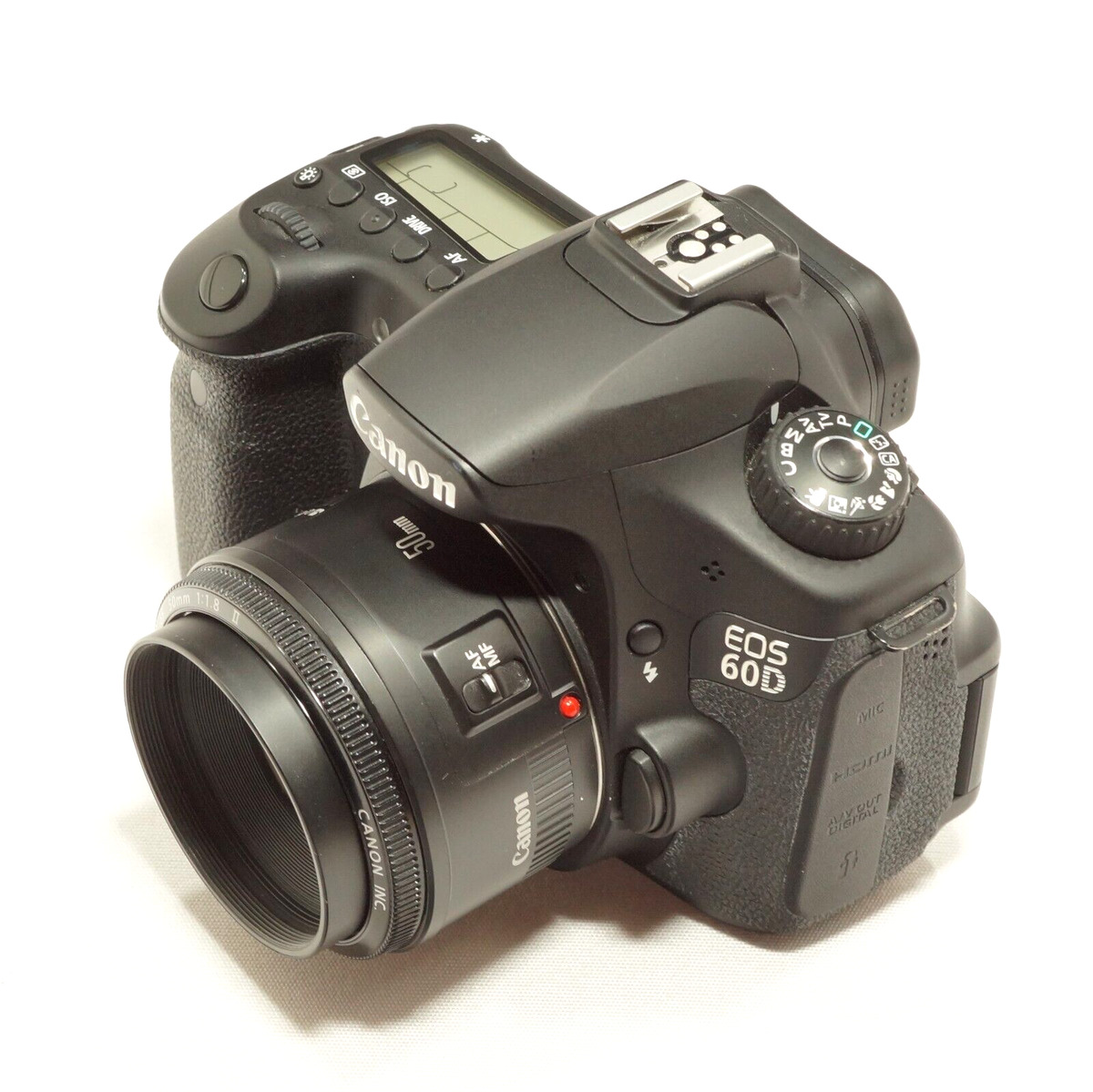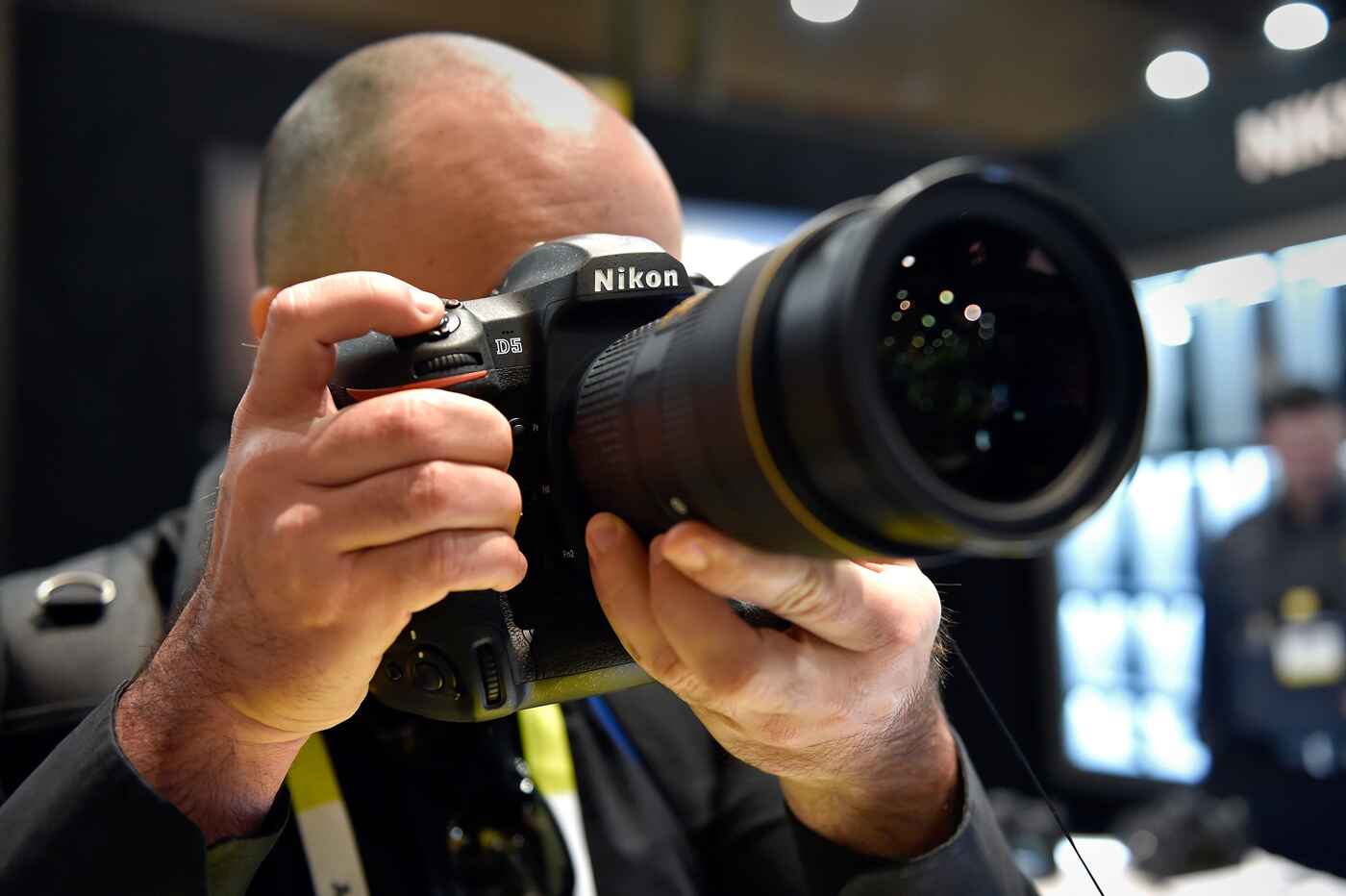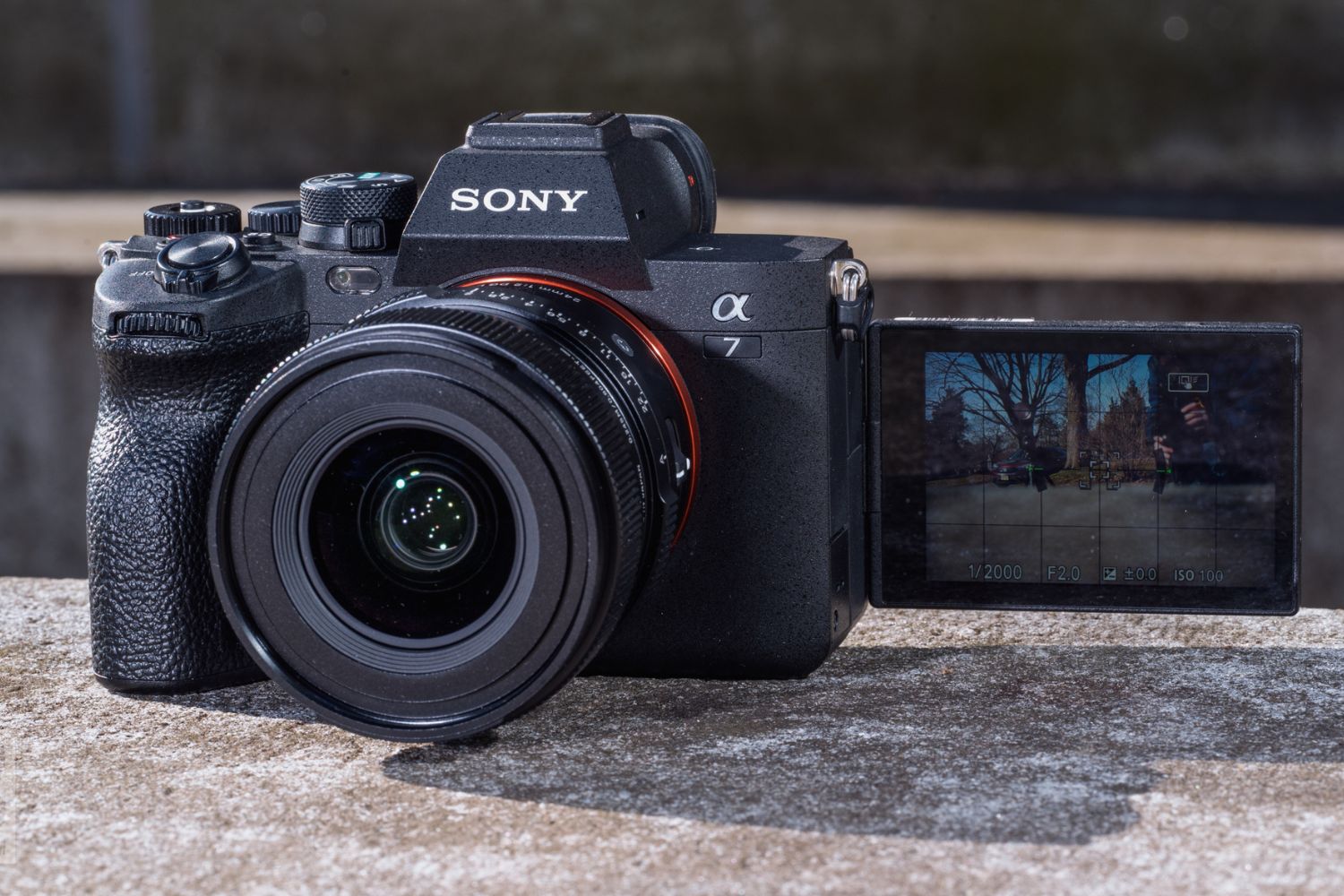Introduction
Welcome to the fascinating world of DSLR cameras! Whether you're an aspiring photographer, a seasoned professional, or simply someone who appreciates the art of capturing moments, understanding the significance of DSLR cameras is essential. In this article, we'll delve into the definition of DSLR cameras, explore how they work, and weigh their advantages and disadvantages. By the end, you'll have a comprehensive understanding of these powerful tools and their impact on the world of photography.
The term "DSLR" stands for "digital single-lens reflex," and it represents a remarkable evolution in the realm of photography. These cameras have revolutionized the way we capture images, offering unparalleled versatility, control, and image quality. Understanding the intricacies of DSLR cameras is not only valuable for photographers but also for anyone who appreciates the art and science of visual storytelling.
As we embark on this exploration, it's important to note that DSLR cameras have significantly influenced the way we perceive and document the world around us. From breathtaking landscapes to intimate portraits, these cameras have empowered photographers to unleash their creativity and capture moments with unparalleled precision and artistry.
So, let's embark on this enlightening journey to unravel the magic behind DSLR cameras, uncover their inner workings, and gain insight into the advantages and disadvantages they offer. Whether you're a photography enthusiast, a curious learner, or someone seeking to expand your knowledge, this exploration promises to be an illuminating and enriching experience. Let's dive into the captivating world of DSLR cameras and discover the wonders they hold.
Definition of DSLR Camera
A DSLR camera, short for digital single-lens reflex camera, is a powerful imaging device that utilizes a mirror and optical viewfinder system to facilitate precise and high-quality image capture. This sophisticated piece of technology integrates advanced optics, cutting-edge sensor technology, and intuitive controls to offer photographers unparalleled creative control and image quality.
At the core of a DSLR camera lies its ability to utilize a single lens for both viewing and capturing images. The light entering through the lens is reflected by a mirror upward into a prism or series of mirrors, which then redirect the image to the optical viewfinder, allowing the photographer to preview the scene exactly as it will be captured. This optical viewfinder presents a real-time, through-the-lens view, enabling precise composition and focus adjustment.
One of the defining features of a DSLR camera is its ability to interchange lenses, providing photographers with a vast array of creative possibilities. From wide-angle lenses for expansive landscapes to telephoto lenses for capturing distant subjects with stunning detail, the versatility offered by interchangeable lenses empowers photographers to adapt to diverse shooting scenarios and unleash their creative vision.
Furthermore, the "digital" aspect of DSLR cameras refers to their utilization of digital image sensors to capture and store images. These sensors, typically constructed using advanced CMOS or CCD technology, convert incoming light into digital signals, which are then processed to generate high-resolution images with exceptional clarity and detail.
Overall, a DSLR camera represents the pinnacle of photographic technology, combining precision optics, advanced imaging sensors, and intuitive controls to empower photographers with unparalleled creative freedom and technical precision. As we delve deeper into the inner workings of DSLR cameras, we will uncover the intricate mechanisms that enable these remarkable devices to capture moments with breathtaking clarity and artistry.
How Does a DSLR Camera Work
Understanding the inner workings of a DSLR camera unveils the remarkable technology that enables photographers to capture stunning images with precision and artistry. At the heart of a DSLR camera is its single-lens reflex system, which facilitates a seamless process of image capture, focusing, and composition.
When a photographer peers through the optical viewfinder of a DSLR camera, they are presented with a real-time, through-the-lens view of the scene they intend to capture. This is made possible by a mirror positioned at a 45-degree angle in the camera body, which reflects the incoming light upward into a prism or series of mirrors and redirects it to the optical viewfinder. This optical path provides photographers with an accurate representation of the scene, allowing for precise composition and focus adjustment before the image is captured.
When the shutter release button is pressed, the mirror swiftly moves out of the light path, allowing the light to reach the image sensor directly. The image sensor, typically a highly advanced CMOS or CCD sensor, then captures the incoming light and converts it into digital signals. These signals are processed by the camera’s internal electronics to generate a high-resolution digital image, preserving the intricate details and nuances of the scene with exceptional clarity.
Another key component of a DSLR camera’s functionality is its interchangeable lens system. By enabling photographers to attach a wide range of lenses to the camera body, DSLR cameras offer unparalleled versatility and creative potential. Whether it’s capturing expansive landscapes with a wide-angle lens, achieving stunning close-ups with a macro lens, or bringing distant subjects into sharp focus with a telephoto lens, the ability to interchange lenses empowers photographers to adapt to diverse shooting scenarios and unleash their creative vision.
Furthermore, the intuitive controls and advanced settings of DSLR cameras allow photographers to fine-tune exposure, focus, and other critical parameters, providing them with precise control over the image-capturing process. From adjusting aperture and shutter speed to selecting autofocus points and metering modes, DSLR cameras offer a wealth of customization options, empowering photographers to translate their creative vision into captivating images with unparalleled precision.
By comprehending the intricate interplay of optics, electronics, and mechanics within a DSLR camera, photographers gain a profound appreciation for the technological marvel that underpins their creative pursuits. The seamless orchestration of these elements culminates in the ability to capture moments with breathtaking clarity, depth, and emotional resonance, making DSLR cameras indispensable tools for visual storytelling and artistic expression.
Advantages of Using a DSLR Camera
Embracing a DSLR camera for your photographic endeavors offers a myriad of compelling advantages that elevate the quality, creativity, and versatility of your images. From unparalleled image quality to extensive creative control, DSLR cameras empower photographers to expand their artistic horizons and capture moments with breathtaking precision and artistry.
- Exceptional Image Quality: DSLR cameras are renowned for their ability to produce images of exceptional clarity, detail, and dynamic range. Equipped with advanced image sensors and powerful processors, DSLRs excel in capturing scenes with remarkable fidelity, preserving subtle textures, colors, and tonal gradations with unparalleled precision.
- Interchangeable Lenses: The ability to use a diverse range of lenses is a hallmark feature of DSLR cameras. Whether it’s capturing expansive landscapes, intimate portraits, or distant subjects, the versatility offered by interchangeable lenses empowers photographers to adapt to diverse shooting scenarios and unleash their creative vision with precision.
- Optical Viewfinder: The optical viewfinder of a DSLR provides photographers with a real-time, through-the-lens view of the scene, enabling precise composition and focus adjustment. This direct, optical preview enhances the photographer’s connection to the subject and facilitates accurate framing and moment capture.
- Customization and Control: DSLR cameras offer a wealth of customizable settings and intuitive controls, allowing photographers to fine-tune exposure, focus, and other critical parameters with precision. From adjusting aperture and shutter speed to selecting autofocus points and metering modes, DSLRs empower photographers to translate their creative vision into captivating images with unparalleled control.
- Low Light Performance: DSLR cameras excel in low-light conditions, delivering impressive performance with reduced noise and exceptional detail retention. This capability enables photographers to capture stunning images in challenging lighting situations, expanding the possibilities for creative expression.
- High-Speed Performance: With swift autofocus systems, rapid burst modes, and minimal shutter lag, DSLR cameras are well-suited for capturing fast-paced action and fleeting moments with remarkable speed and precision. This high-speed performance is invaluable for sports, wildlife, and event photography.
These advantages collectively position DSLR cameras as indispensable tools for photographers seeking uncompromising image quality, creative versatility, and technical precision. By harnessing the power of DSLR technology, photographers can elevate their craft, expand their creative horizons, and capture moments with unparalleled clarity, depth, and emotional resonance.
Disadvantages of Using a DSLR Camera
While DSLR cameras offer a wealth of advantages, it’s important to acknowledge the limitations and considerations associated with these sophisticated imaging devices. Understanding the potential drawbacks of using a DSLR camera is crucial for photographers seeking to make informed decisions and navigate the complexities of their craft with clarity and insight.
- Size and Weight: DSLR cameras are typically larger and heavier than compact cameras and mirrorless cameras, making them less convenient for casual or travel photography. The bulkier form factor of DSLRs can pose challenges in portability and may require additional effort to carry and handle.
- Complexity: The advanced features and extensive customization options of DSLR cameras can be overwhelming for beginners or casual photographers. Navigating through a multitude of settings and controls may require a steeper learning curve, potentially hindering the seamless execution of photographic ideas.
- Cost: The initial investment in a DSLR camera and accompanying lenses can be substantial, especially when seeking high-quality optics and advanced accessories. This cost consideration may present a barrier for entry to some photographers, particularly those exploring photography as a hobby or secondary pursuit.
- Noisier Operation: The mechanical components of DSLR cameras, such as the mirror and shutter mechanism, can produce audible noise during operation. This may be a concern in environments where discreet or silent photography is desired, such as during quiet events or intimate gatherings.
- Maintenance and Cleaning: The internal components of DSLR cameras, including the mirror and sensor, require periodic maintenance and cleaning to ensure optimal performance and image quality. Dust, debris, and moisture can impact the functionality of these components, necessitating careful upkeep and occasional professional servicing.
- Battery Life: DSLR cameras, particularly those equipped with advanced features and live view shooting, can consume battery power at a relatively faster rate. This may necessitate carrying spare batteries for extended shooting sessions or when operating in remote locations without immediate access to charging facilities.
By acknowledging these disadvantages, photographers can approach their craft with a balanced perspective, understanding that the choice of a camera system involves a thoughtful consideration of trade-offs and priorities. While DSLR cameras excel in numerous aspects of image quality, creative control, and versatility, being mindful of their limitations empowers photographers to adapt, innovate, and make informed decisions that align with their artistic vision and practical needs.
Conclusion
Exploring the realm of DSLR cameras unveils a captivating fusion of technology, creativity, and artistic expression. These powerful imaging tools have redefined the landscape of photography, empowering photographers to capture moments with unparalleled precision, depth, and emotional resonance. From their exceptional image quality and versatile lens options to their intuitive controls and high-speed performance, DSLR cameras stand as pillars of innovation and creativity in the world of visual storytelling.
While acknowledging the advantages and disadvantages of using DSLR cameras, it becomes evident that these devices offer a compelling blend of technical prowess and creative potential. The exceptional image quality, precise optical viewfinders, and extensive customization options position DSLRs as indispensable tools for photographers seeking to elevate their craft and capture moments with breathtaking clarity and artistry.
Moreover, the considerations surrounding the size, complexity, and cost of DSLR cameras underscore the importance of aligning technological capabilities with practical needs and creative aspirations. By understanding the nuances of DSLR technology and embracing its strengths while navigating its limitations, photographers can harness the full potential of these remarkable devices and channel their creative vision into captivating visual narratives.
As we conclude this exploration, it’s essential to recognize that the world of photography is a tapestry of innovation, inspiration, and personal expression. Whether through the lens of a DSLR camera or any other imaging device, the pursuit of visual storytelling is a journey of discovery, growth, and boundless creativity. Embracing the tools and techniques that resonate with our artistic sensibilities, while remaining open to exploration and adaptation, allows us to capture moments that transcend time and speak to the heart of humanity.
In the ever-evolving landscape of photography, DSLR cameras continue to stand as beacons of technical excellence and creative empowerment, inviting photographers to embark on a perpetual quest for visual excellence and narrative resonance. Through their remarkable capabilities and enduring legacy, DSLR cameras inspire us to see the world through a lens of wonder, curiosity, and boundless imagination, enriching our lives with the timeless art of storytelling through imagery.







